Innovative Use of Fishery Waste for Sustainable Aquaculture
By. Nindi - 22 Apr 2025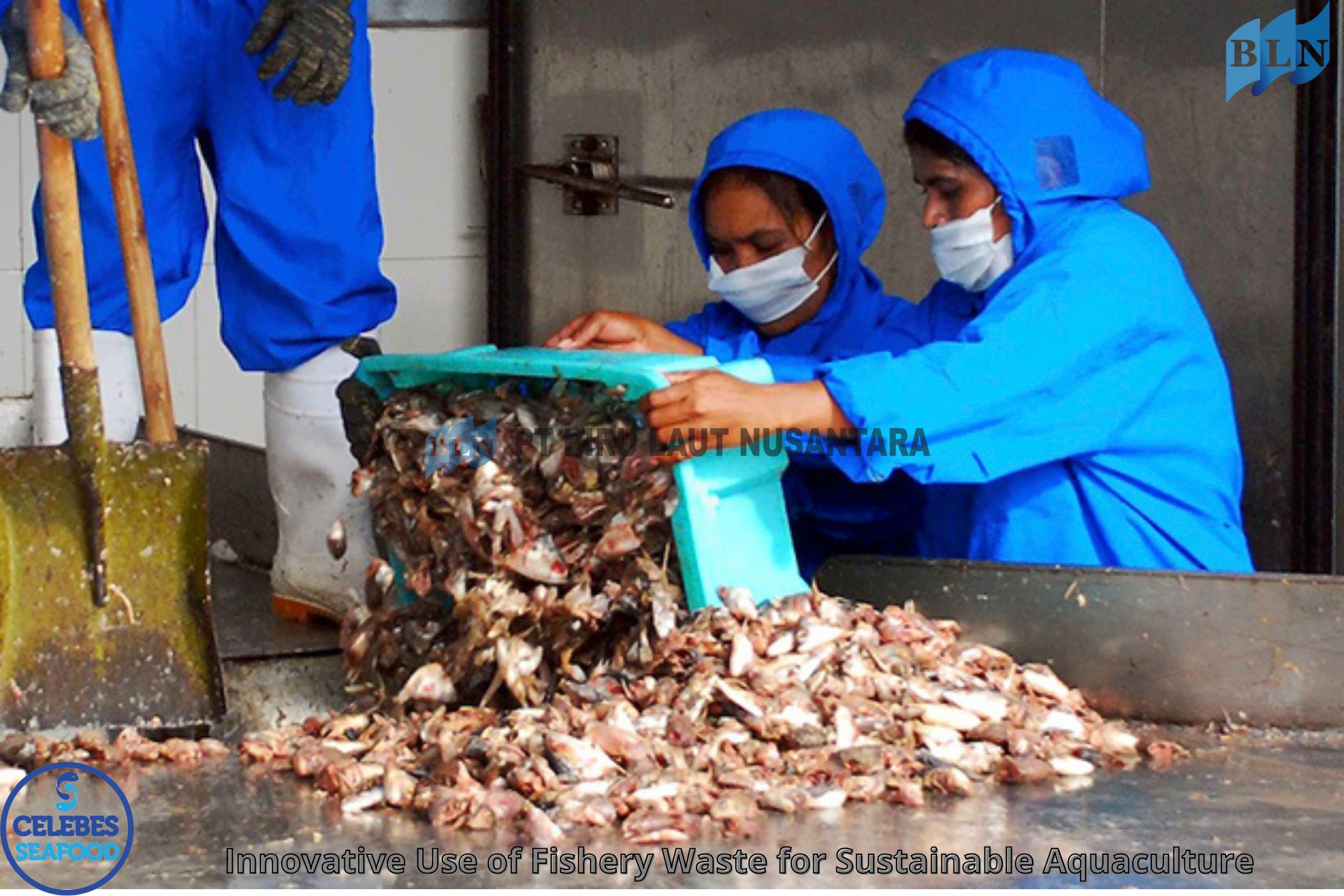
lautnusantara.com The fisheries industry plays a vital role in Indonesia’s economy. However, this sector also produces large amounts of waste, such as fish heads, bones, skin, scales, and internal organs. If not properly managed, these wastes can pollute the environment and cause health issues. In fact, fishery waste has great potential to be processed into high-nutrition fish feed.
Nutritional Content of Fish Waste
Fish waste contains crude protein, fat, and minerals such as calcium and phosphorus. These nutrients are essential for the growth and health of farmed fish. With proper processing, this waste can become a cost-effective alternative feed without compromising quality.
Processing Methods
- Drying and Grinding: Fish waste is dried (sun-dried or oven-dried), then ground into fish meal.
- Fermentation: Waste is fermented using microorganisms such as EM4 or other probiotics to improve digestibility and feed quality.
- Feed Mixing: The processed meal is mixed with other ingredients like bran, soybean meal, and vitamins to boost nutritional value.
Benefits of Waste Utilization
- Cost-Effective: Reduces feed production costs, which are usually very high.
- Environmentally Friendly: Decreases organic waste that pollutes water and soil.
- New Business Opportunities: Opens up waste-processing business potential for local communities.
Challenges and Solutions
Some challenges include limited processing equipment, lack of skilled labor, and low awareness. Solutions may involve training, provision of simple tools, and support from the government or NGOs.
If you are interested in our product SLIPPER LOBSTER WHOLE ROUND, SLIPPER LOBSTER MEAT, Coral Trout Fillet Skin On,OCTOPUS WHOLE CLEANED FLOWER TYPE please do not hesitate to contact us through email and/or whatsapp.

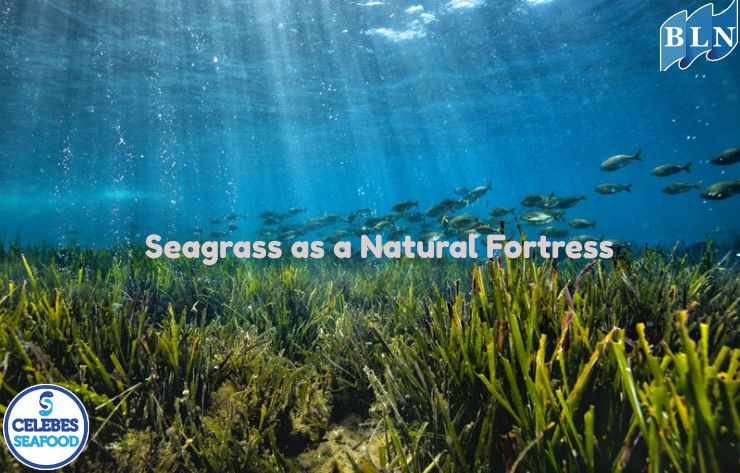
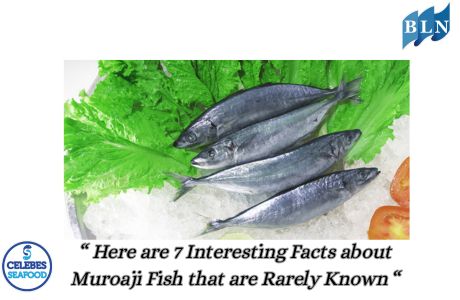
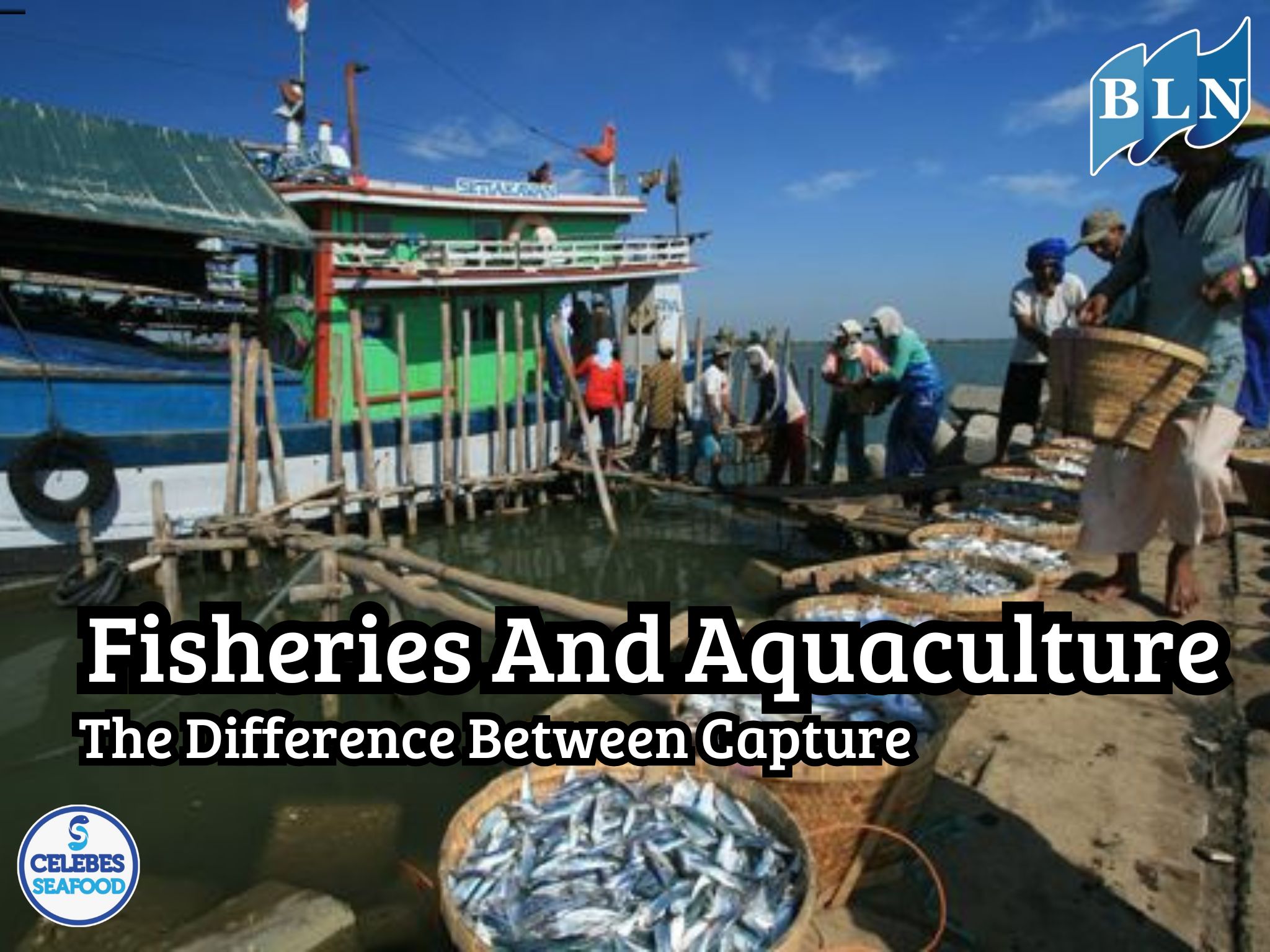
.jpg)
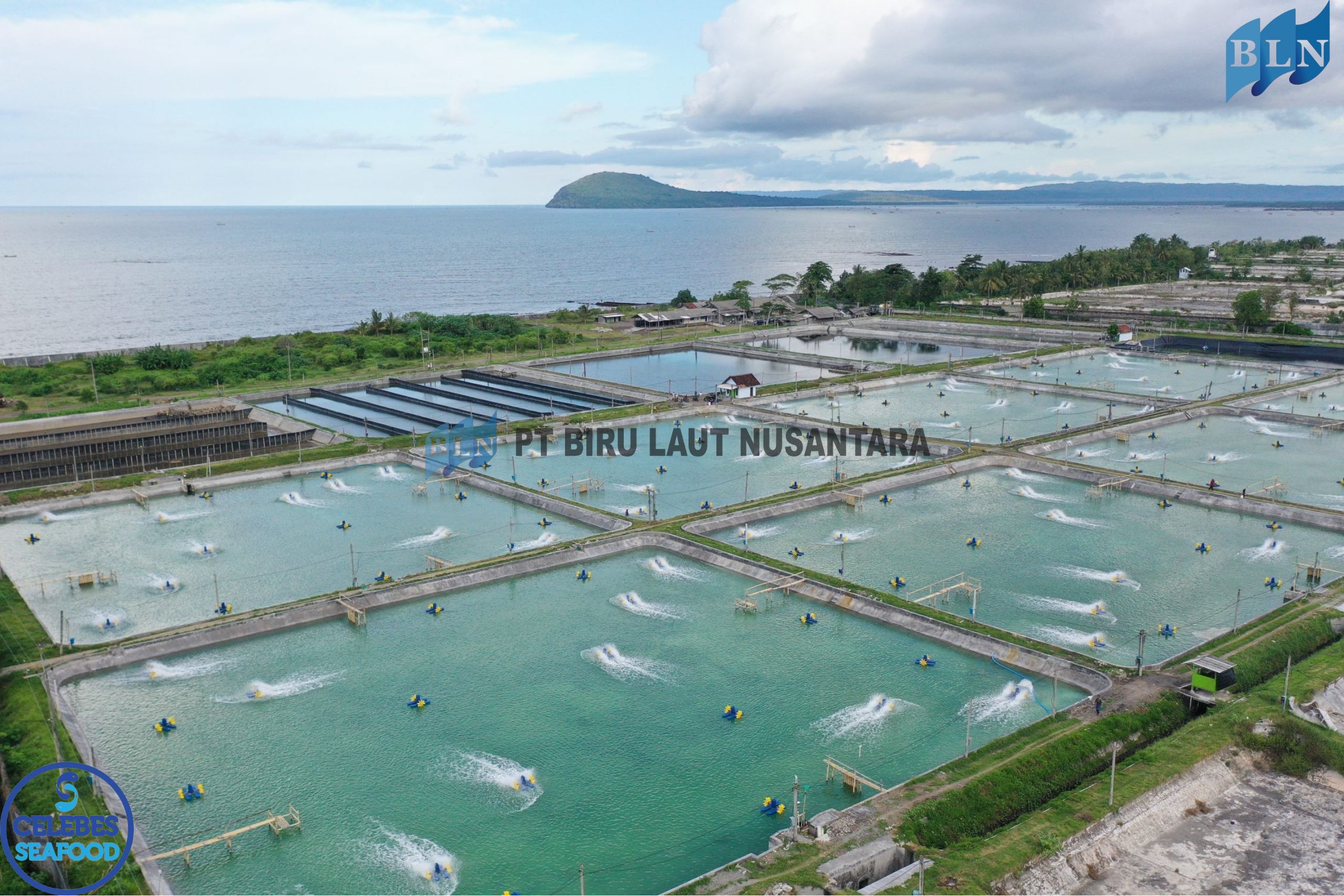
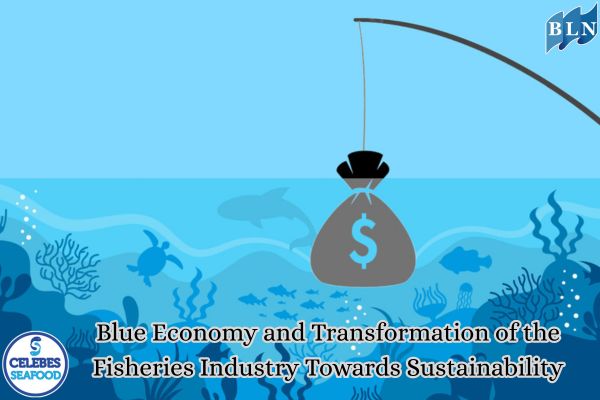
.jpg)